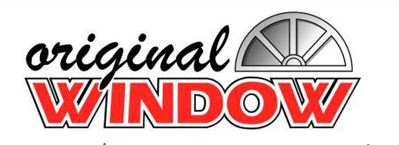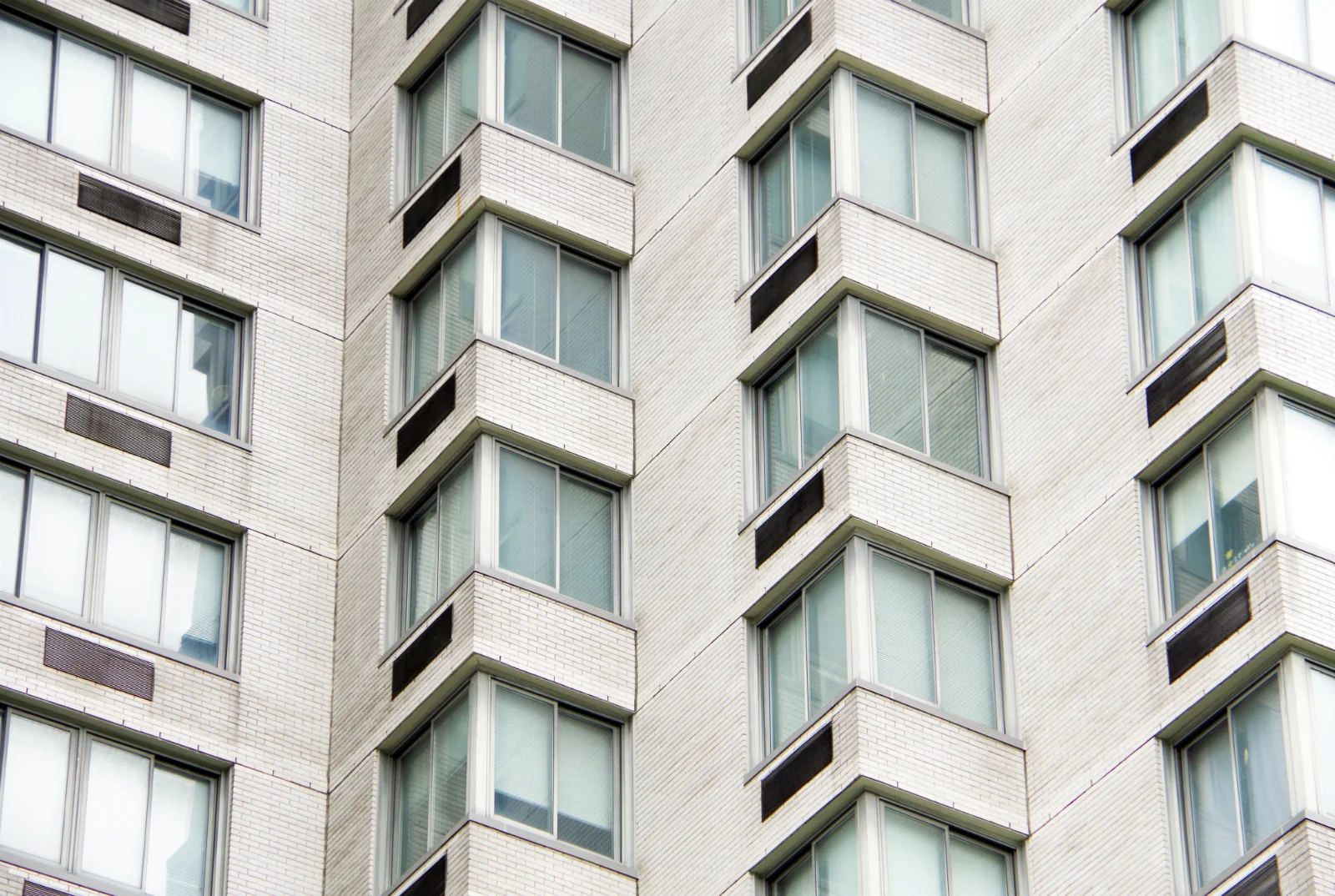The word vinyl in relation to this kind of material is a shortened form of the word polyvinyl, as in polyvinyl chloride (PVC) - a common type of plastic used in building, plumbing, consumer products, medical products and even clothing. Its widespread use is owed to its durability and slow rate of degradation, meaning that it holds up well under environmental pressures and doesn’t leach chemicals into the environment, unlike other plastics that will undergo chemical degradation even when no other sign of damage is present. Here’s why this suitably popular material is an excellent choice for your NYC window frames.
Durability
As previously mentioned, vinyl has an extremely slow rate of degradation. Not only does this ensure that your windows remain looking fantastic for the long haul, it also means that they remain structurally sound as well. The flexibility of plastic ensures absorption of mild shocks and protects the glass elements of your window from impact-related stress. In relation to wood and certain metal window frames, vinyl is certainly a better investment if your aim is to keep maintenance to a minimum. Vinyl is resistant to scratching, is not affected by moisture and will only fade or discolor in extreme cases of sun exposure. Because of its durability and its availability in a variety of colors, vinyl also need not ever be painted or sealed.
Insulation
Vinyl is an excellent insulator of heat, making it ideal for reducing energy costs in winter and summer. In conjunction with effective glass insulation, vinyl provides far better insulation than aluminum or steel and can compete with top insulating products such as wood and composite frames. Furthermore, the structure of vinyl frames often contains hollows filled with insulating gas that further increase its insulative properties. A vinyl frame with a low-e coated glass or gas filled double-panes is a sure fire way to remain snug and warm in winter and cool in the heat of summer.
Affordability
The initial cost of vinyl frames is among the lowest of all window frame materials. Looking at other materials, however, we can see that the low initial cost often requires additional cost over the long run. The low cost of aluminum is offset by its less reliable insulative properties and subsequent energy costs. The low initial cost of wood is offset by its high maintenance cost. Vinyl, on the other hand, is affordable both initially and over the long term, making it an excellent investment for property managers, first time homeowners or simply homeowners looking for a reliable product in the best possible price range. The low cost of vinyl is not an indication of a poorer quality material, but rather one that is widely used and in high supply.
Huge selection of styles
Another advantage of vinyl is its versatility in being able to be moulded into a wide range of shapes and styles at relatively no extra cost. This has allowed the vinyl window frame market to easily accommodate a wide variety of stylistic demands from consumers. For every architectural style or personal flavor you’d like to add to your home, there’s a corresponding vinyl window frame.


